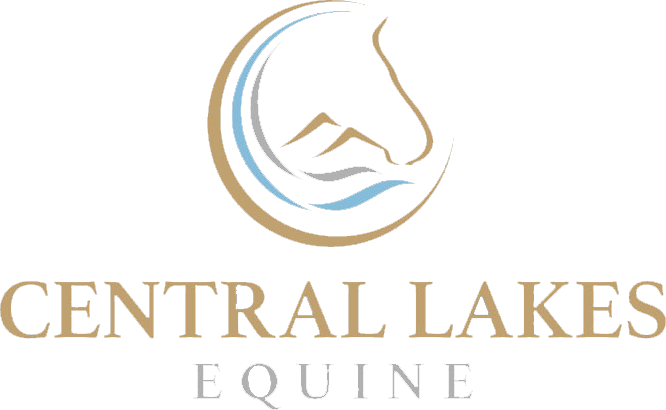Nutritional plan pre-winter: Feeding the older horse
Firstly I want to comment on this picture. This horse is late 20’s and very skinny, however she is being very well cared for and is being fed lots of hay. My lovely client was anxious about her weight and was trying many different feed options to improve weight, before asking for my help. This post is designed to educate and help my clients. I do see older horses like this quite commonly. Firstly, satiety or the feeling of fullness, we believe is related to factors released and absorbed in the blood stream following production of VFA’s from the hind gut. These VFA’s are released when fibre is digested. This is why fibre in the diet is so important as it prevents our horses ‘feeling’ hungry, All that has gone wrong with this mare in the above picture, is that a nutritional plan was needed a few years earlier. Why do I say this? Well because with our older horses, the key is PREVENTION of loss of topline and weight loss. Once an older horses loses topline, it is very hard to reproduce it. Remember these horses are retired, often on flat paddocks, where little musclar development is required.
Before a nutritional plan can me made, I need to perform a dental evaluation. Some older horses have ‘overworn’ or ‘aged’ teeth, meaning their feed conversion efficiency when chewing is less. Even a 20% reduction in the digestibility of the food from grinding of the teeth, over time, causing a dramatic deficit in calories. For this reason, in older horses with aged teeth, we need to look at more easily digestible fibres, including super fibres, to assist in the daily nutritional requirement.
Following a full health examination I will help to devise a plan based on both:
Fibre type
Bucket feeding options
The nutritional plan needs to be individual depending on the horses needs.
Fibre type: There are many options available including lucerne hay, good quality meadow hay (lower fibre and more digestible hay is often softer to touch), and also haylage options for some horses. Additional fibre can be added to the diet as super fibres. Super fibres are processed fibres such as haylage products (fibre pro/meadow pro), beet products and chaff. The energy available per Kg is often greater and the energy is more readily available to the horse as less chewing is required.
Bucket feed: Historically many people have fed boiled barley over the winter. This option is ok for some horses, but we have better feeds available for purchase now, that are better suitable for older horses that need calories and topline. Examples are those that are high fat and high protein. This conversation probably needs to be on an individual horses basis. However, I have one tip for you: The digestible energy and protein content of a feed is written on the back of a bag. This DOES NOT always convert to availability to the horse. The processing of a feed has a large effect on whether the horse can actually receive the energy and protein available.
Prevention of weight loss is key. Winter is a very hard time to put weight on our older horses.
I hope this post helps!

